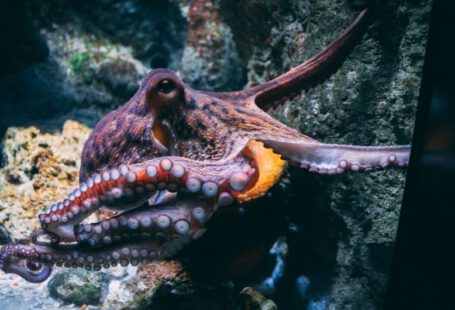The idea of humans living on Mars has captivated the imagination of scientists and science fiction enthusiasts for years. With its close proximity to Earth and the potential for habitable conditions, Mars has become the focus of many space exploration missions. But can we really live on Mars? Let’s take a closer look at the challenges and possibilities.
The Martian Atmosphere
One of the biggest obstacles to living on Mars is its thin atmosphere. Compared to Earth, Mars has a very thin atmosphere consisting primarily of carbon dioxide. This means that there is very little oxygen available for humans to breathe. Additionally, the lack of a substantial atmosphere on Mars means that there is no protection from harmful radiation from the sun. This poses a significant health risk for any potential Mars colonists.
Creating a Habitable Environment
To overcome the challenges posed by Mars’ atmosphere, scientists have proposed various methods of creating a habitable environment on the planet. One idea is to build domed structures that would provide a controlled atmosphere for humans to live in. These domes would need to be airtight and equipped with systems that can generate oxygen and remove carbon dioxide. While this is a viable solution, it would require extensive resources and infrastructure to sustain a large population.
Another possibility is terraforming, which involves modifying Mars’ environment to make it more Earth-like. This could involve releasing greenhouse gases into the atmosphere to warm the planet, melting the polar ice caps to create liquid water, and introducing organisms that can produce oxygen. However, terraforming Mars would be an incredibly complex and time-consuming process, and it is not yet clear if it is even possible.
The Search for Water
Water is essential for human survival, and finding water on Mars is crucial for any long-term habitation plans. In recent years, scientists have discovered evidence of liquid water on Mars, albeit in small quantities. This has raised hopes that there may be more water hidden beneath the planet’s surface. If we can find and extract enough water on Mars, it could be used for drinking, growing plants, and generating oxygen. However, the search for water on Mars is still ongoing, and more research is needed to determine its abundance and accessibility.
The Psychological Challenges
Living on Mars would not only present physical challenges but also psychological ones. The isolation and confinement of living in a small, enclosed space for extended periods of time can take a toll on mental health. Astronauts on the International Space Station already face these challenges, but living on Mars would require an even greater level of psychological resilience. Strategies would need to be developed to help astronauts cope with the potential loneliness and isolation of living on another planet.
The Future of Mars Exploration
Despite the numerous challenges, the prospect of humans living on Mars remains an exciting possibility. NASA and other space agencies around the world are actively working on missions to explore and eventually send humans to the Red Planet. Private companies like SpaceX are also investing in the development of technologies that could make Mars colonization a reality. With advancements in technology and continued research, we may one day see humans setting foot on Mars and establishing a permanent presence.
In conclusion, while there are many obstacles to overcome, living on Mars is not an impossible dream. The challenges of the thin atmosphere, creating a habitable environment, finding water, and addressing the psychological aspects are significant but not insurmountable. With continued scientific research and technological advancements, we are inching closer to the day when humans could call Mars their home. The future of Mars exploration is full of possibilities, and only time will tell if we can truly live on the Red Planet.





